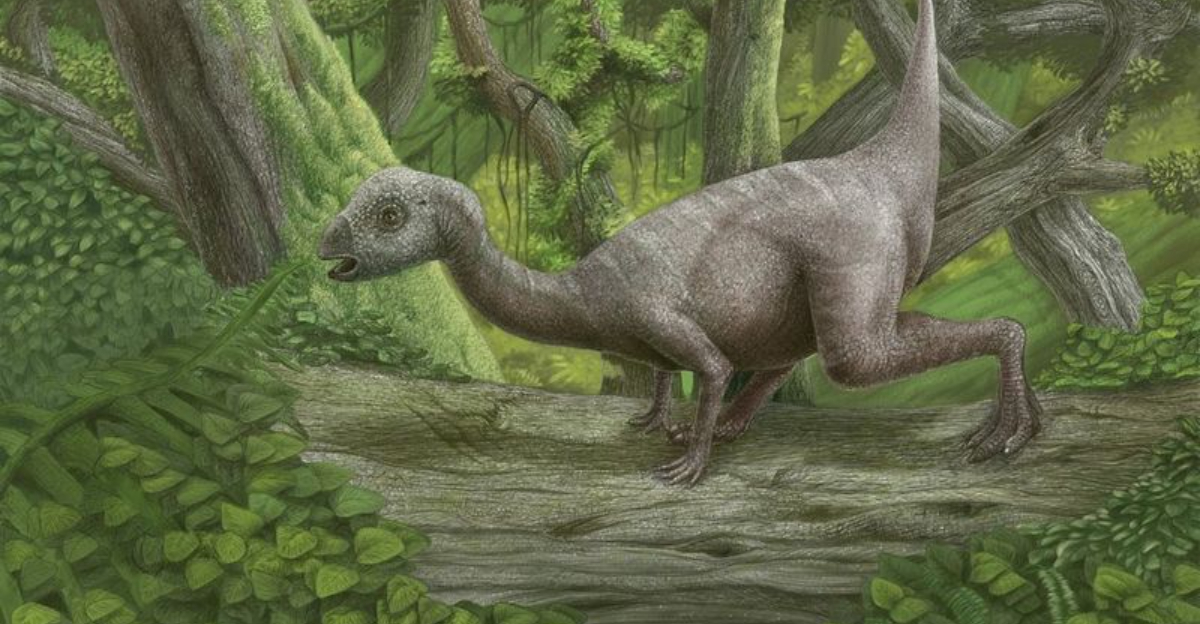Dinosaurs, the magnificent creatures that once roamed our planet, come in all shapes and sizes. Among them, some were incredibly fast, using their speed to hunt or escape predators.
In today’s article, we’ll explore the top 10 fastest dinosaurs that ever lived, offering insights into their unique traits and lifestyles.
1. Velociraptor
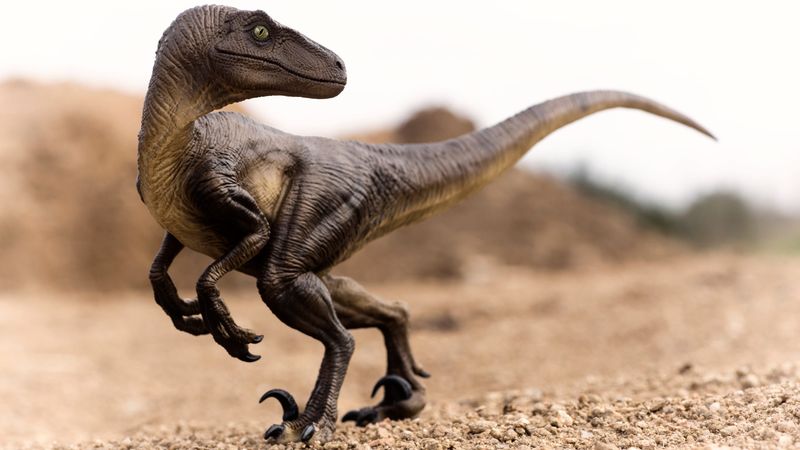
Known for its speed and agility, the Velociraptor was a small but mighty predator. Standing about two feet tall and weighing up to 33 pounds, this dinosaur had a lean build that made it a swift hunter.
Its long legs and strong clawed feet allowed it to reach speeds of up to 40 mph, making it one of the fastest dinosaurs of its time. Velociraptors were social creatures, often hunting in packs to take down larger prey.
Their feathers, which covered much of their body, may have helped with aerodynamics, allowing for quick turns and swift catches. These adaptations made the Velociraptor a formidable force in the prehistoric world.
2. Ornithomimus
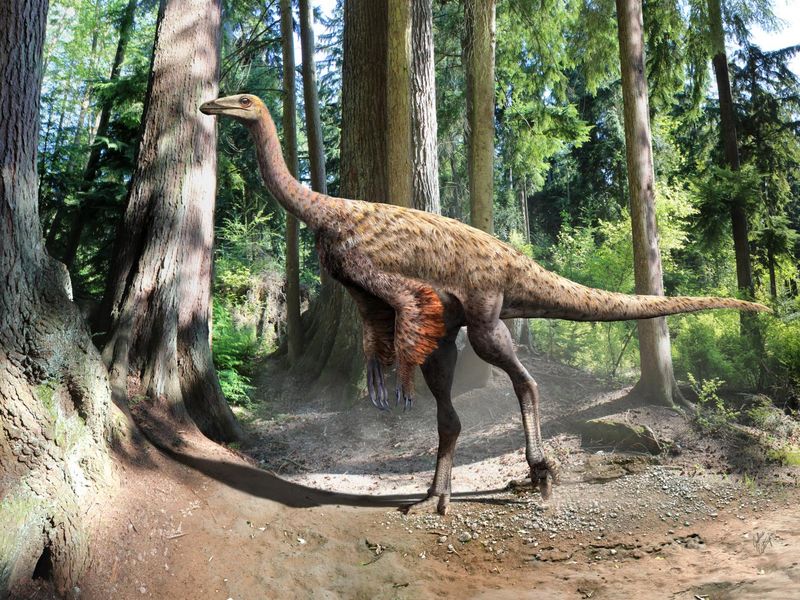
Ornithomimus was often compared to modern ostriches, not just because of its appearance but also its incredible speed. This dinosaur could reach speeds of up to 50 mph, making it one of the fastest land animals.
It had long legs and a lightweight body, which contributed to its ability to sprint across the plains. Its diet was diverse, consisting of plants, insects, and small reptiles, and its speed helped it evade predators.
With large eyes and a keen sense of sight, Ornithomimus could quickly spot danger. Its agility and speed were its greatest tools for survival, ensuring it thrived in the prehistoric era.
3. Gallimimus
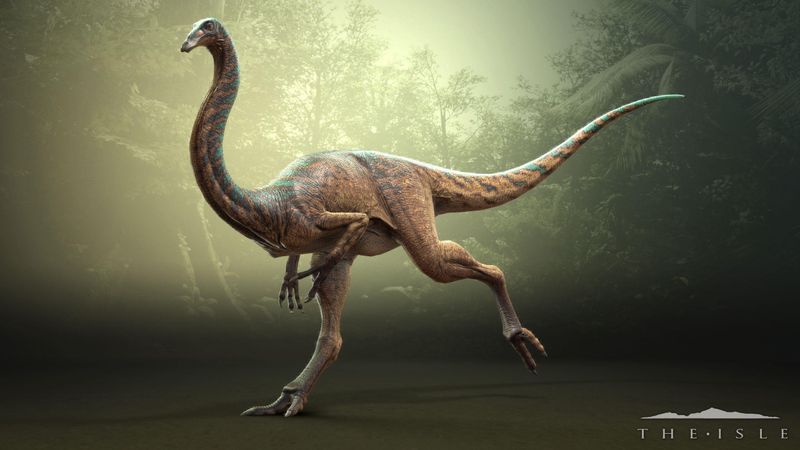
Gallimimus was another fast and nimble dinosaur, closely resembling the ostrich-like Ornithomimus. This creature was about 20 feet long and weighed around 970 pounds, yet it could still reach impressive speeds.
Its long hind limbs and light frame allowed it to sprint quickly, possibly up to 30 mph. Gallimimus relied on its speed to escape predators and cover large distances in search of food.
Feeding mainly on plants and small animals, its beak was well-suited for grazing and catching prey. Gallimimus was a quintessential example of how speed and agility were vital for survival in the dinosaur world.
4. Struthiomimus
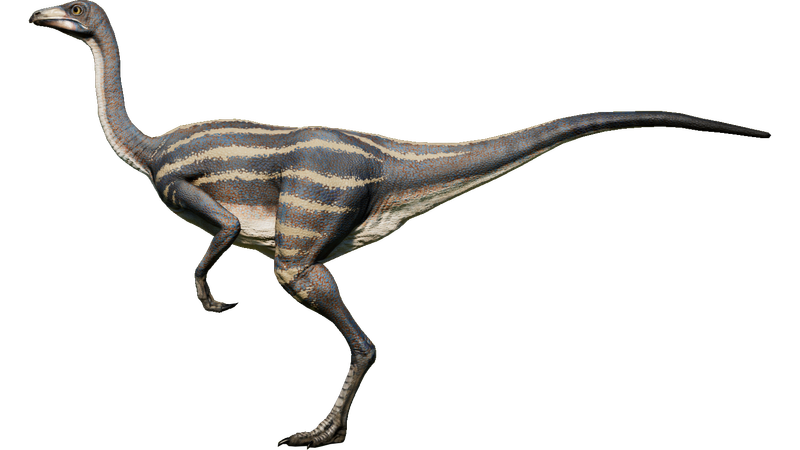
© Jurassic World Evolution Wiki – Fandom
The Struthiomimus was another speedy dinosaur, built for running with long, slender legs and a lightweight body. It shared many similarities with modern ostriches, including its speed.
Capable of running up to 50 mph, Struthiomimus used its speed to outrun predators and move quickly between feeding sites. Its diet included plants and small animals, making it an adaptable forager.
Its large eyes provided excellent vision, crucial for spotting threats from afar. This combination of speed, agility, and keen senses made Struthiomimus a successful survivor in its environment.
5. Dromiceiomimus
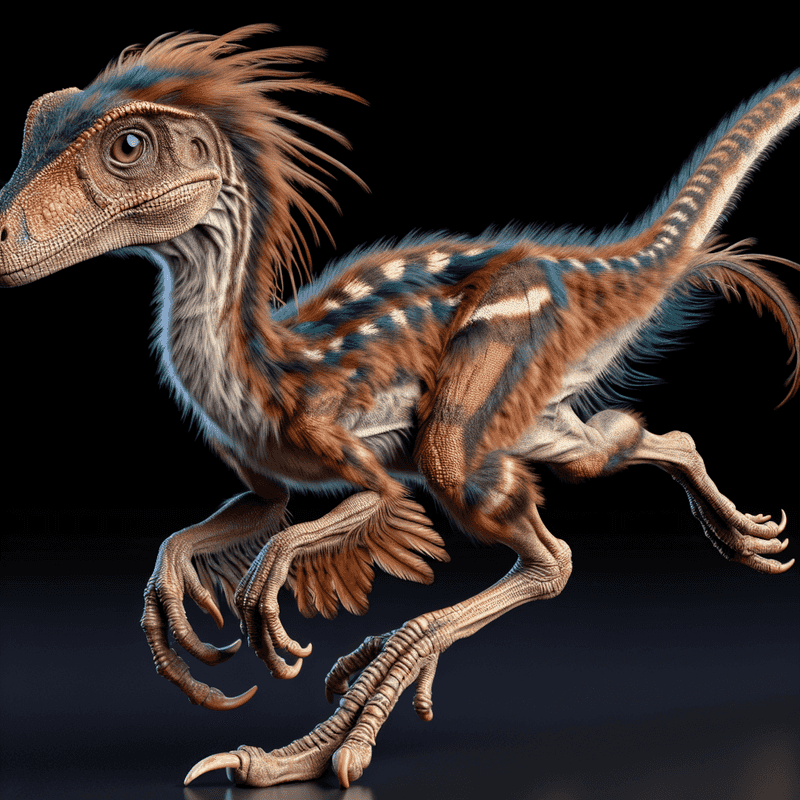
Dromiceiomimus was another speedy dinosaur closely related to the ostrich-like dinosaurs. With long legs and a light build, it was capable of reaching high speeds.
This dinosaur’s speed allowed it to evade predators and move quickly in search of food. Dromiceiomimus was an omnivore, enjoying a diet of plants, insects, and small animals.
Its agility in the wild landscape made it a versatile and successful dinosaur. It was a master of using its speed to its advantage, ensuring its place in prehistoric ecosystems.
6. Coelophysis
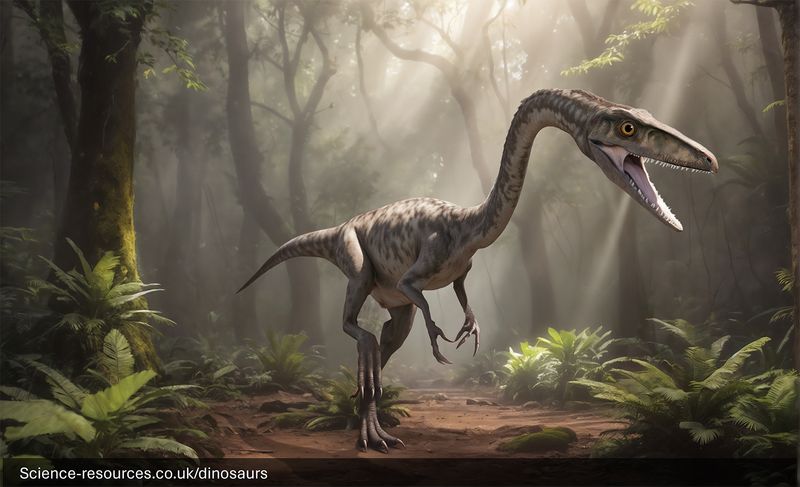
Coelophysis was a small, slender dinosaur known for its speed and agility. It lived during the Late Triassic period and was one of the earliest known dinosaurs.
This speedy creature had long, thin legs that enabled it to run quickly, helping it to chase prey and avoid larger predators. It was a carnivore, feeding on small animals and insects.
Coelophysis’s lightweight body and swift movements made it a formidable hunter and survivor. Its ability to navigate dense forests with ease was a key to its success in the prehistoric world.
7. Compsognathus
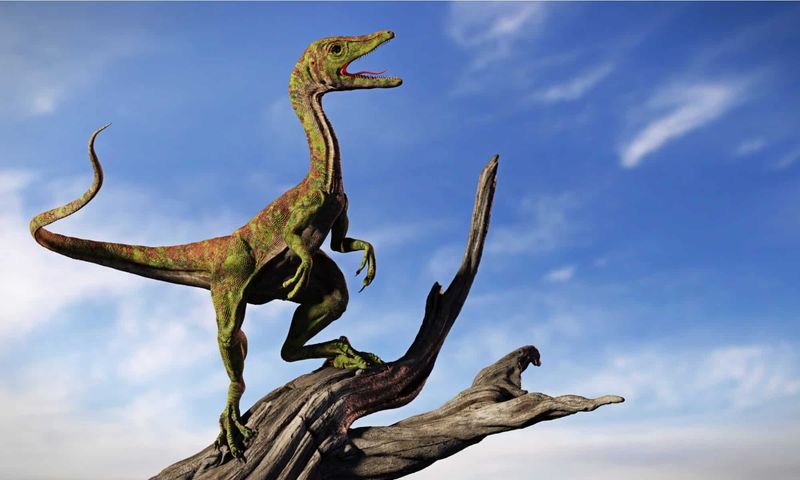
Compsognathus was a small but speedy dinosaur, often compared to modern-day chickens due to its size. Despite its small stature, it was a fast runner, using its speed to catch prey.
This dinosaur had long legs and a light body, allowing it to move swiftly across diverse terrains. It primarily fed on small vertebrates and insects, relying on its agility to hunt.
Compsognathus’s quick reflexes and speed made it an adept hunter, able to capture its prey with precision. Its size and speed were key to its survival in the prehistoric ecosystem.
8. Troodon
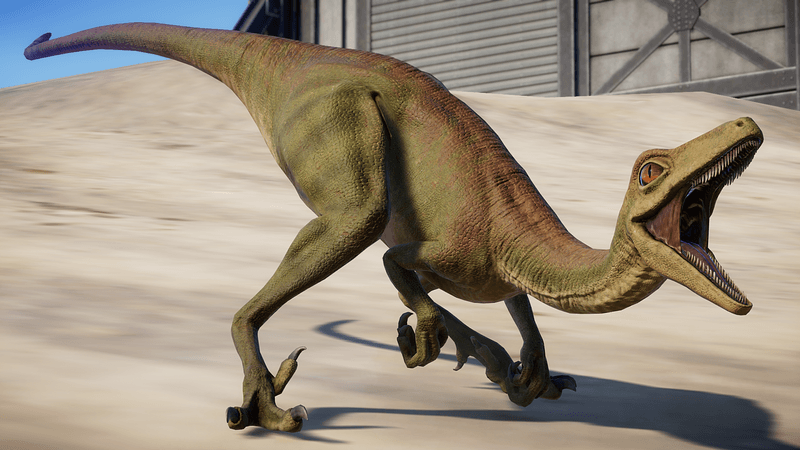
© Jurassic World Evolution Wiki – Fandom
Troodon was a small, bird-like dinosaur known for its intelligence and speed. It had long, slender legs that allowed it to move quickly and efficiently.
This dinosaur’s agility helped it escape predators and hunt for food with precision. Troodon had large eyes and excellent vision, crucial for spotting prey and detecting threats in its environment.
Its speed and intelligence made Troodon one of the more adaptable dinosaurs, capable of thriving in various habitats. These traits ensured its success as a hunter and survivor.
9. Hypsilophodon
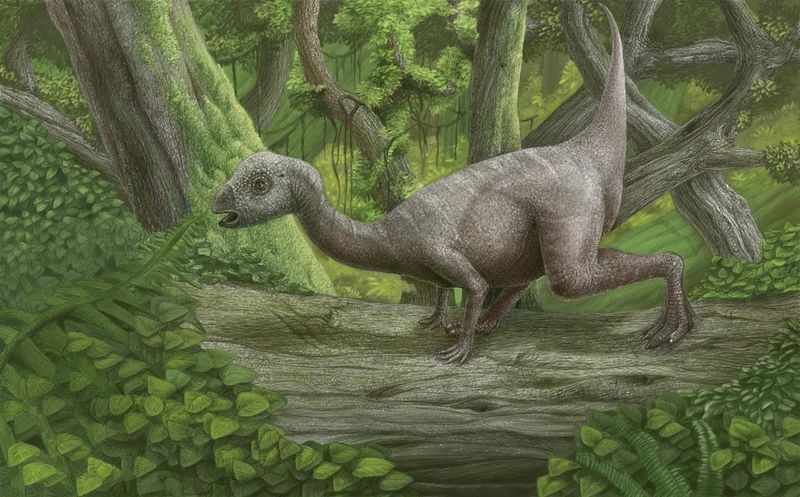
Hypsilophodon was a small, herbivorous dinosaur known for its speed and agility. It had slender legs and a lightweight build, allowing it to move quickly through its environment.
Its speed was a crucial adaptation for escaping predators and foraging for food. Hypsilophodon fed on a variety of plants, using its agility to navigate dense vegetation.
Despite its small size, it was a tenacious survivor, using its speed to avoid danger and thrive in the prehistoric world. Its ability to quickly adapt to changes in its habitat was key to its success.
10. Corythosaurus
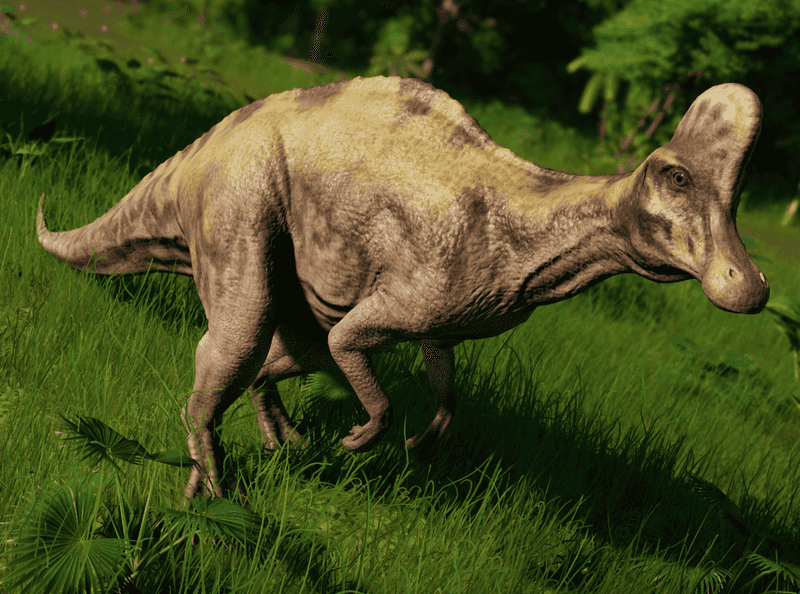
© Jurassic World Evolution Wiki – Fandom
Corythosaurus was a large, herbivorous dinosaur known for its speed and distinctive crest. Despite its size, it was capable of quick bursts of speed, helping it escape predators.
This dinosaur’s strong legs and powerful build allowed it to sprint when necessary. It primarily fed on plants and used its speed to cover large areas while foraging.
The crest on its head was not just for display; it may have been used for communication or mating displays. Corythosaurus’s combination of speed and strength made it a successful plant-eater in the dinosaur world.

